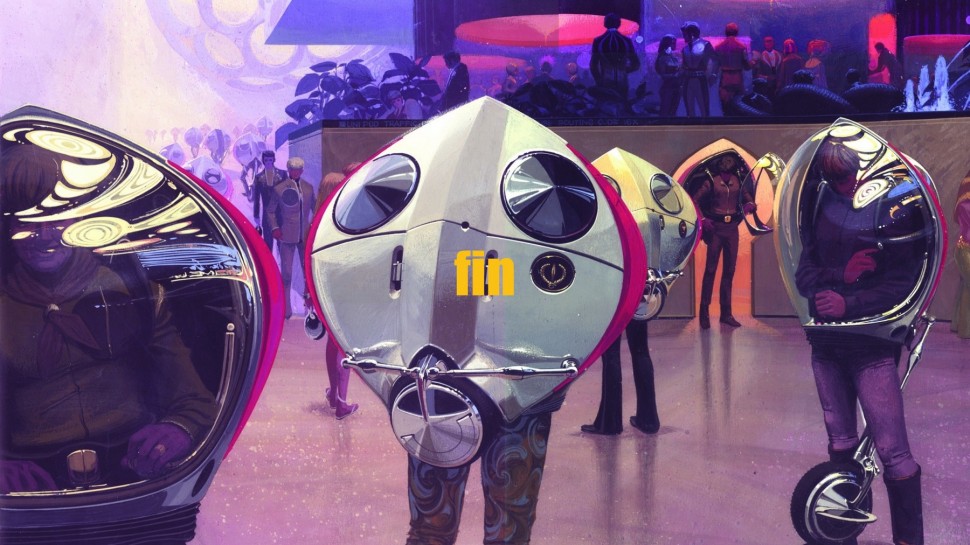My background is in filmic set design. I started in film school, ended with a degree in Visual Art and Art History and spent a brief period of time in architecture school. Given my background in physical design, when I started thinking about the theme of aesthetics, I couldn’t restrict myself to screens.
This is my vision for user experience design, leaping off from aesthetics as a starting point.
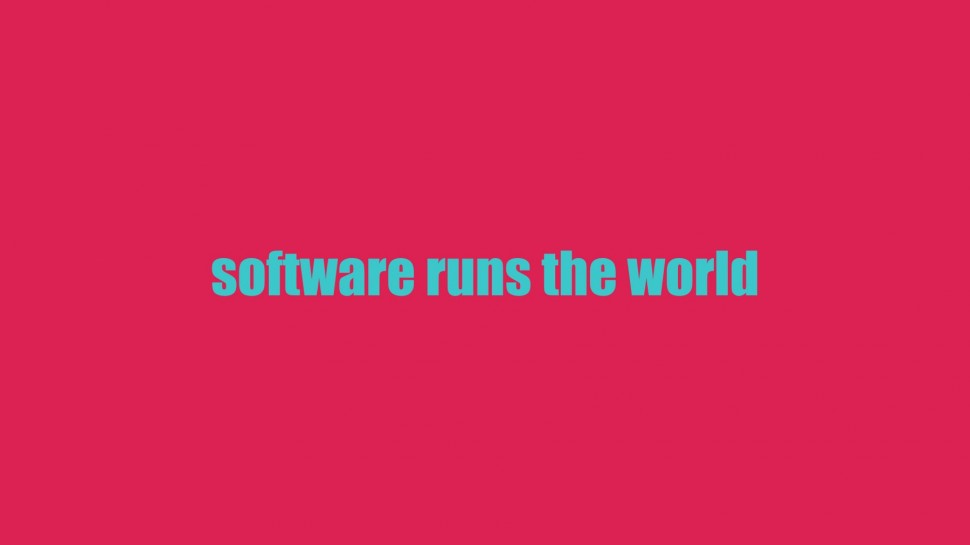
or does it?
In software design, the role of the user experience designer is to consider the user’s current experience and design a cohesive user interface to improve it. But a user’s experience involves more than software.
People’s experiences heavily rely on the context, signals and artifacts that surround them, whether they are designed or not. No matter what your role is in this world of ours, you contribute to the form and function of our environment.

For the purpose of this discussion, I’m defining aesthetics as:
The branch of philosophy that deals with the principles of beauty and artistic taste.
As I said earlier, aesthetics was merely the starting point.

As a Product Designer for Carbon Five, I run a range of design activities from exploratory research to generative design studios to making style guides and workflows. Even though most of my work is focused on the digital influence, many of our clients are building services with touch points in the physical world. We have an opportunity to shape this user experience.
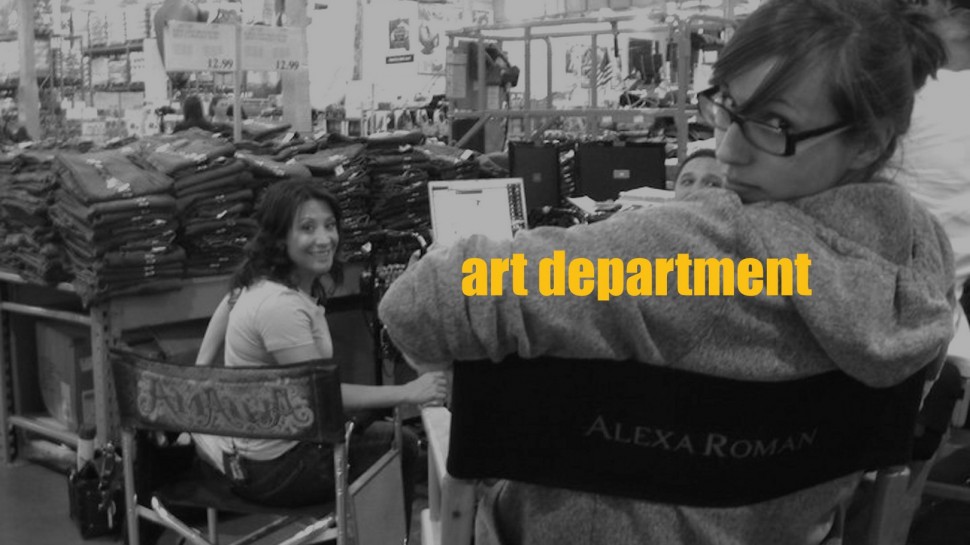
Before working at Carbon Five, before working at Kluge, I worked in the art department for film and television shows. While there is no such thing as user experience or service design, we build the environment for the story. Production design is in service of the audience’s understanding of the story. The art department is responsible for everything you see except for the actors. My job was to support the production designer’s vision which is translating the director’s vision into a scenic world.
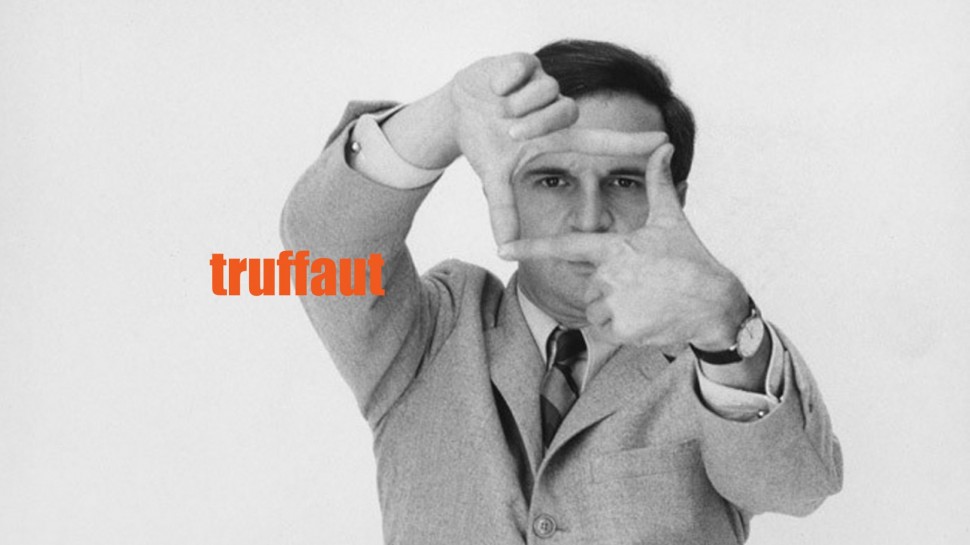
In the film world, François Truffaut understood this idea of visual storytelling well. He is one of the most well-known La Nouvelle Vague(French New Wave) filmmakers, a movement that humanized the craft of film. Truffaut’s most famous films include Le Quatre Cents Coup (400 Blows), La Nuit Americaine (Day for Night) and L’Enfant Sauvage (The Wild Child).
But Truffaut was not only a filmmaker, he was also a film theorist. He wrote for Cahiers du Cinéma and took a critical eye to his practical work and the work of his peers. Truffaut produced a defining body of work sharing his perspective of the world through his writing and through his films. He is one of the original auteurs.

Auteur /ōˈtər/ noun
The French word for author. Used to describe a filmmaker with a unique voice and style.
Auteur theory was introduced by Truffaut, André Bazin and their contemporaries through Cahiers du Cinéma. Auteur is the French word for author but these film theorists gave it new meaning when they used it to describe a filmmaker with a unique voice and style. An auteur is more substantial than a visionary. The word itself implies an ability to execute, to provide authority and to do so from a unique perspective.
The New Wave filmmakers stood for experimentation, self-expression and energetic storytelling. They employed a famous technique known as mise-en-scène which literally translates to “placing in scene”.

Mise-en-scène /ˌmēz ˌän ˈsen/ noun
The intentional construction of a visual story using actors, scenic elements and camera techniques.
Truffaut wrote an article called “A Certain Tendency of the French Cinema,” in which he contrasts mise-en-scène to metteur en scène. Where the auteur reveals a perspective through mise-en-scène, the director who merely stages productions is not adding to the story (or, the world, for that matter). The auteur actively incorporates elements to craft a multi-dimensional story that stands apart from all other stories. This orchestration — the mise-en-scène — is an audience’s perceived harmony of these elements supporting their comprehension of the story and moreover, the filmmaker’s worldview.

Designer as Auteur
In 2009, John Gruber gave a talk called The Auteur Theory of Design, and presented the following thesis:
“The quality of any collaborative creative endeavor tends to approach the level of taste of whoever is in charge.”
He reframes it through a filmic lens to:
“The quality of any collaborative creative endeavor tends to approach the level of taste of whoever has final cut.”
As John Gruber points out in his talk, the concept of an auteur exists in design as well.

Famous auteurs in design include Steve Jobs, The Eames and Richard Neutra. The list is long, but in actuality, the acumen is fairly rare. These visionaries took mise-en-scène to a new level, adding their perspectives to the world’s narrative in the form of significant products, services, structures and frameworks.
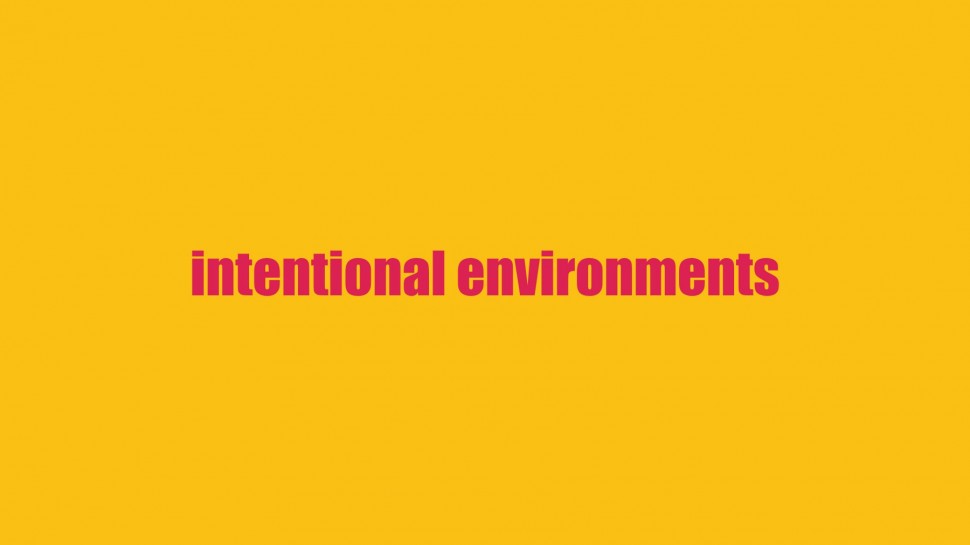
Everything in our world has been designed, some things less intentionally than others. The aesthetic of our environment is the collective result of these numerous artifacts. Landscapes, buildings, trains, automobiles, streets, lighting, clothes, hair, digital devices—these are all things that blend together to form a user’s perception and experience. Our understanding of our environment relies on this aesthetic to aid clarity and support functionality.
Take Eero Saarinen’s TWA terminal at JFK airport.
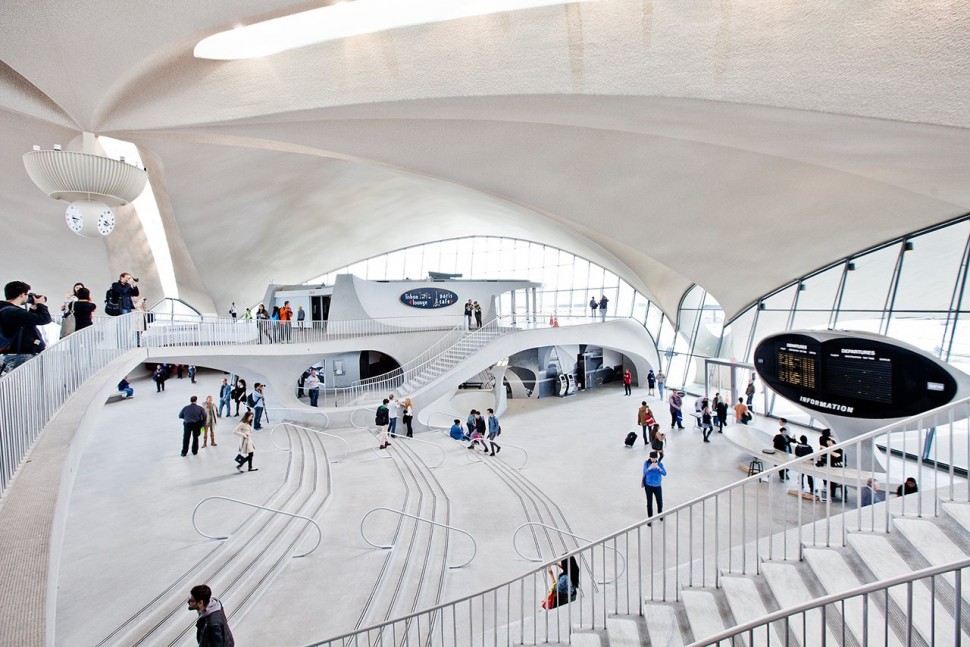
This is one of Saarinen’s finest. The curvature of the space mimics that of an airplane. The overall form resembles a bird taking flight. The windows are large so everyone can see flights departing and arriving. The furniture and display boards are carefully placed to make waiting at the airport as enjoyable as possible.
But there are other elements to the experience of this terminal. Booking a flight, travel to the airport, getting information from the airline, arriving at the airport, boarding a flight, flying to a destination and arriving at a new airport that may or may not resemble the one you left.

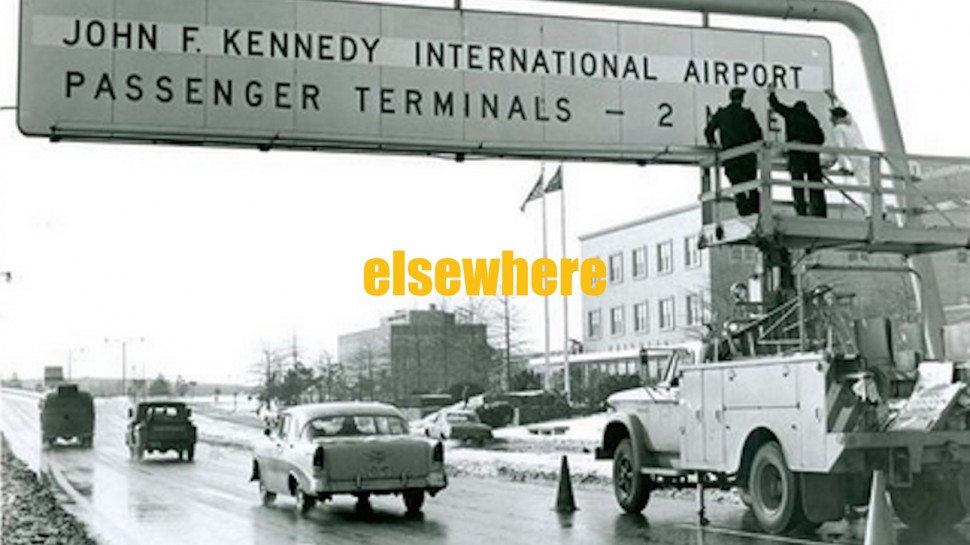
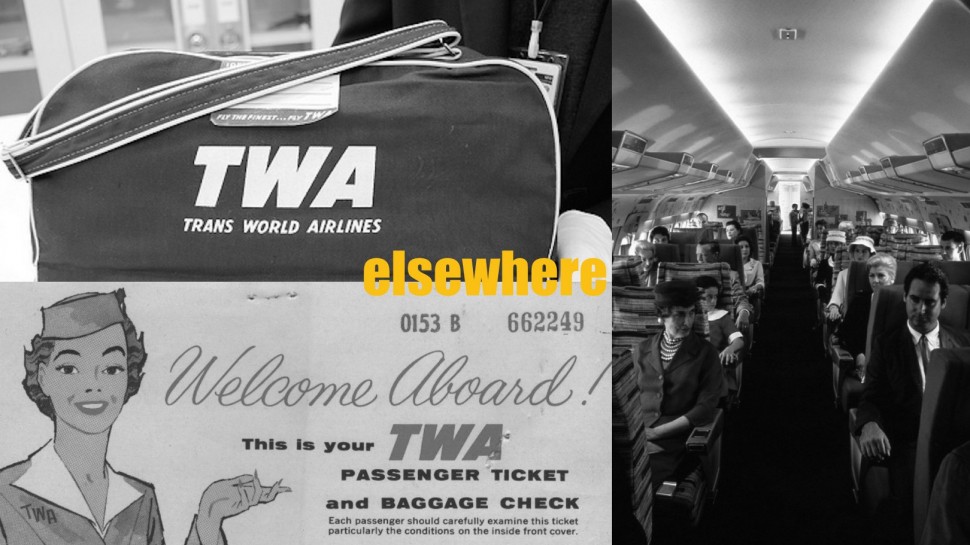
As a true auteur, Saarinen carefully arranged his materials to create spaces for exploration and interaction. But even with the iconic terminal, the mise-en-scène of traveling was abysmal. In filmic terms, Saarinen was an extraordinary production designer without a director developing the full story.
An experience is rarely dependent on one environment or interaction. It is the interplay of the elements that creates the setting for an experience. These are the touch points that make or break our experiences. Sometimes, these touchpoints are life or death. Sometimes, they are simply contributors to our physical and emotional well-being.
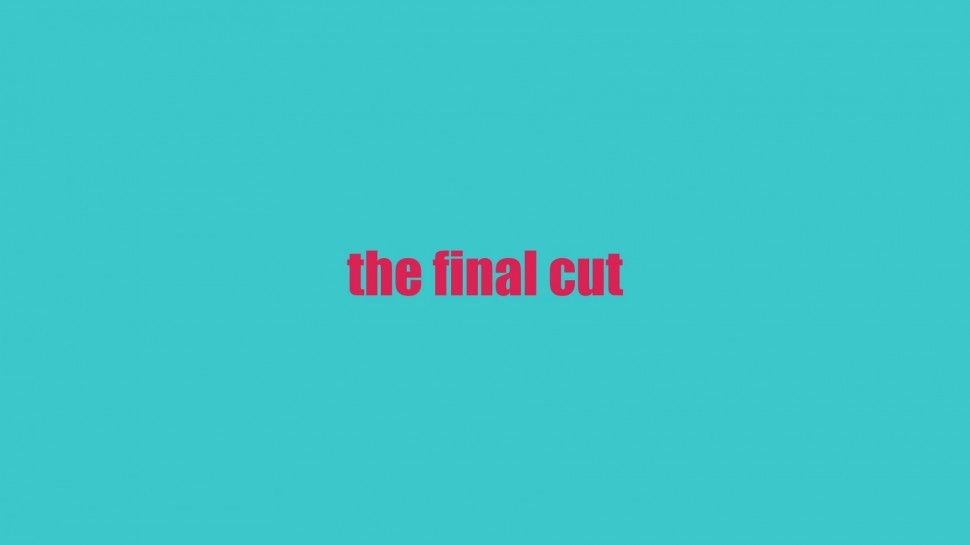
Interdisciplinary experience design
Back to Gruber’s thesis,
“The quality of any collaborative creative endeavor tends to approach the level of taste of whoever has final cut.”
The final cut is never left to a single designer. Our work depends on the context. Within digital design, our myopic sense of aesthetic often restricts us to pixels and screens. If we leave our focus there, we’ve left the rest of the experience unchanged. The same goes for all design crafts. Leave the building, get out of the chair, put down your phone and the impact is reduced.

Right now, I’m working on a healthcare project. While my team is focused on the web application, there are many other pieces of this experience — the experience of choosing a doctor, hospital and doctor office design, signage, print reports, medical equipment, hospital gowns, where you go when you leave the doctor’s office, who you talk to on the phone, how your doctor communicates with you at all..
I can’t always affect change at all these levels, but we’re working on expanding the bounds of the conversations we have — not only with other kinds of designers, but with founders, doctors, engineers and marketers.
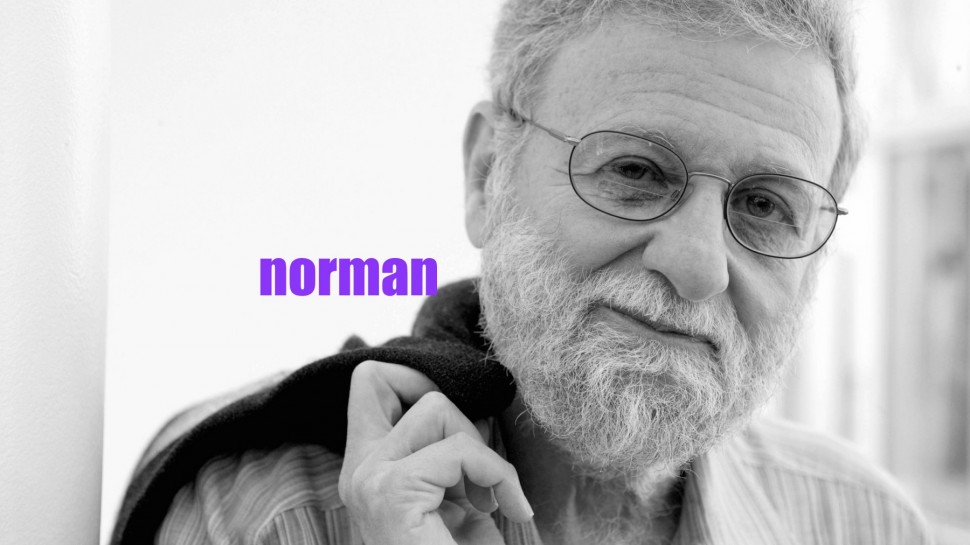
Don Norman wrote about this situation in a plea called “Why Design Education Must Change”. He states:
“Today, however, designers work on organizational structure and social problems, on interaction, service, and experience design. Many problems involve complex social and political issues. As a result, designers have become applied behavioral scientists, but they are woefully undereducated for the task. Designers often fail to understand the complexity of the issues and the depth of knowledge already known.”
One of the reasons designers are failing to design for complex situations is the lack of interdisciplinary leadership. An auteur. Someone who understands how to guide contributors and employ any material necessary to craft the vision.
This craft of user experience design, a role Norman originated at Apple, a title currently held by software designers and, sometimes, by service designers — has the potential to deliver a more cohesive world.
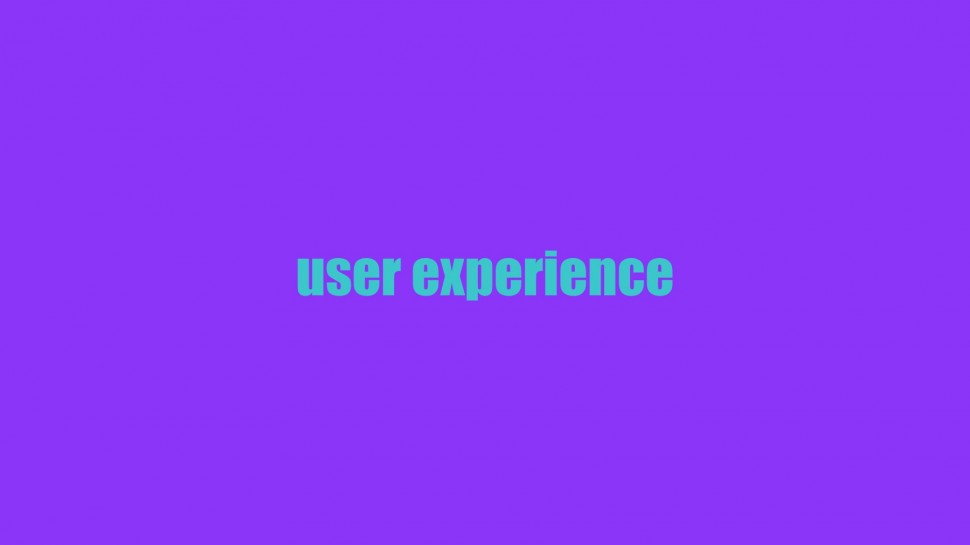
Either we hand over this role to architects, urban planners and industrial designers, or we consider that user experience designers can come from any speciality of design. Even when a designer’s expertise lies in one material facet, their ability to envision a better world, think through a whole journey, and guide a coherent gestalt is paramount no matter the application. Even more so, their ability to communicate that vision to a balanced team of collaborators.
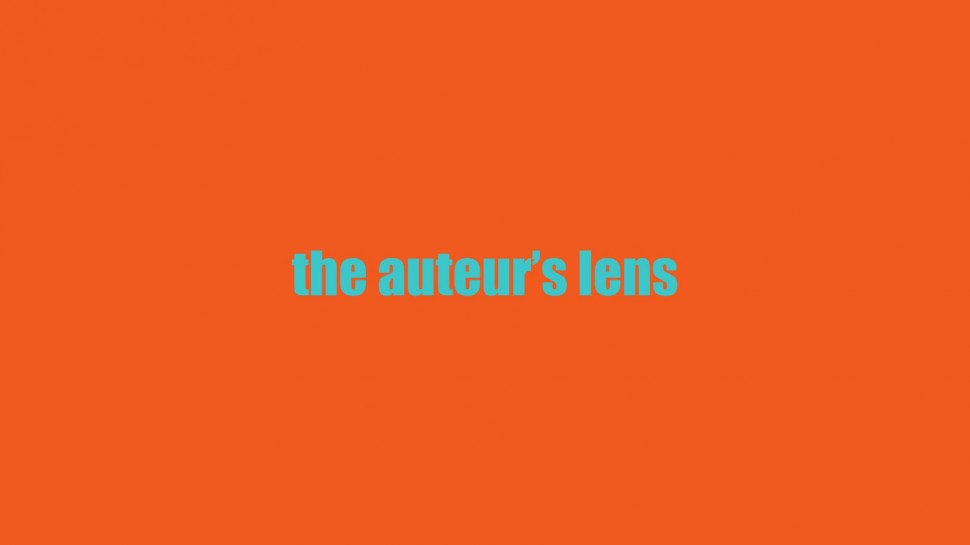
Each design skill provides a specific vantage point from which to improve the user’s experience. Digital designers have a few key unfair advantages over other design disciplines. We can move nimbly from idea to execution, we can learn about our customers’ behavior faster and we can capture quantitative data about the success or failure of a design. These are the advantages that persuaded me to quit architecture school and jump into interaction design. These are the advantages clearing the way for digitally powered auteurs to emerge.
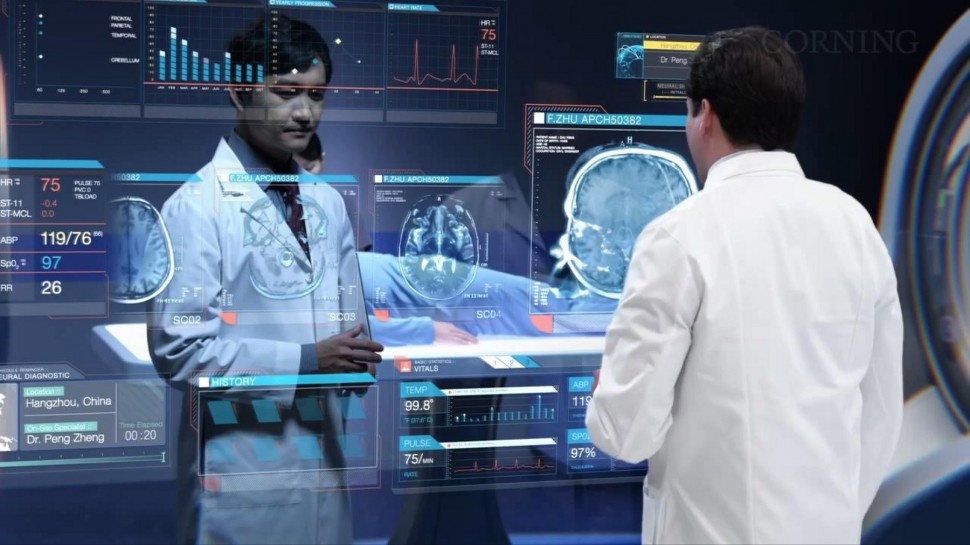
The future is yours, if you can design it
Our physical environment is increasingly become more digital and will eventually converge seamlessly with technology. When I consider the future of user experience design, I can’t imagine that wireframing will be the core skill of this role for long. We have an opportunity to take more ownership of the environments in which our designs live and breathe. We have an opportunity to be auteurs. Here are a few ways to start on that path.
Explore the full context
Corning’s Day Made of Glass video shows a future where designers are so seamlessly connected that digital interfaces appear on a glass wall which is connected wireless to medical equipment in real time while the patient is receiving care.
This is just one vision for the future, but it demonstrates the interest in moving towards more cross-disciplinary collaboration.
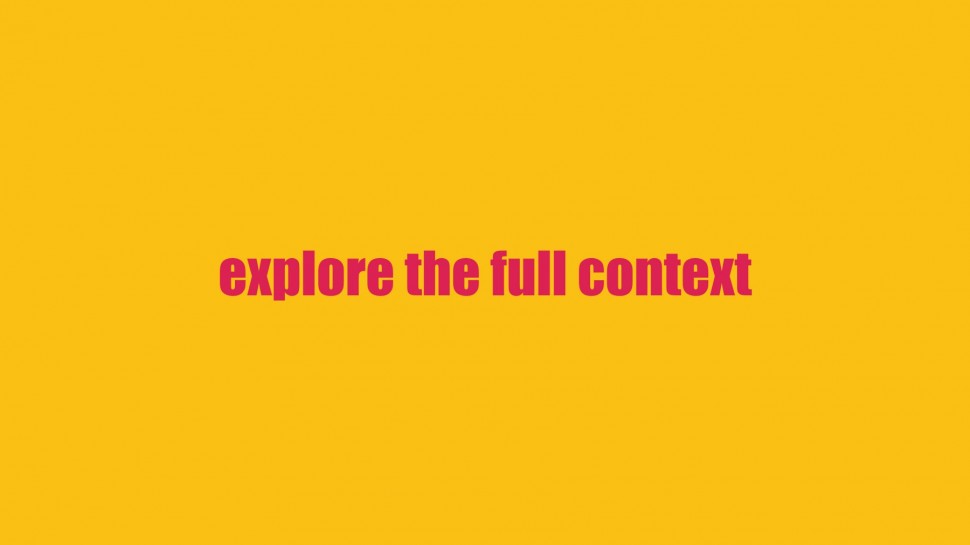
One way to achieve this is to explore the full context of design work by reaching beyond the product, service, object or structure to work with other design thinkers and assess all touch points across the user’s possible experiences.
Designers often map out the user journey or detail a service blueprint, but in my experience, we often leave out the parts of that experience we can’t touch. Even if you can’t affect change, at least explore who can, where is that person and what do they care about?
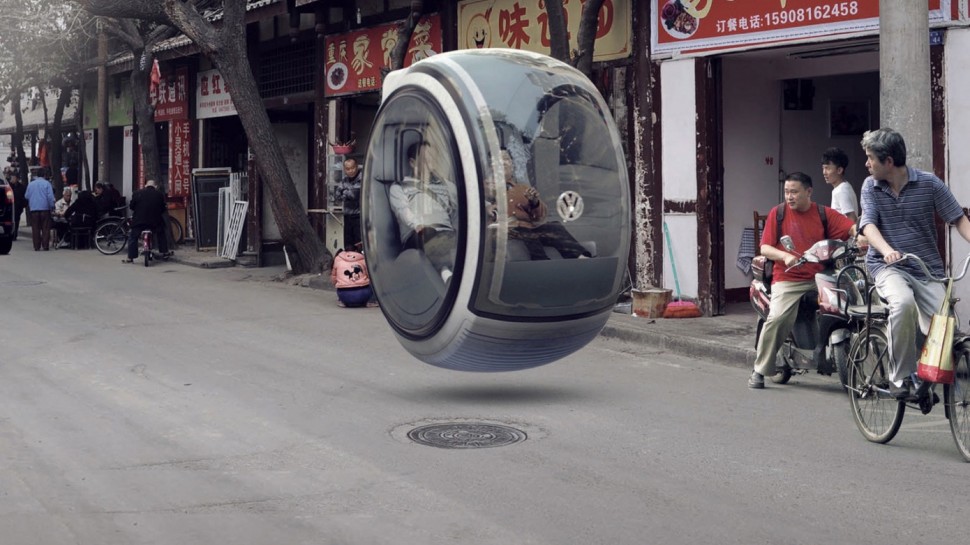
Cross-pollinate
Building on that idea, another way to address this need to expand the disciplines is to make time to explore these other fields.
Converse with and explore other disciplines for the purpose of collaboration, cross-pollination and greater understanding. This shouldn’t be restricted to other designers. This may include everyone from customer service to the toll booth attendant.

Attending events and workshops, following a diverse crowd on social media — if you pay attention to a range of practitioners, you will find opportunities to collaborate and cross-pollinate. Ask them about their process and values. Ask them what kind of activities they do to get at a problem or a solution.
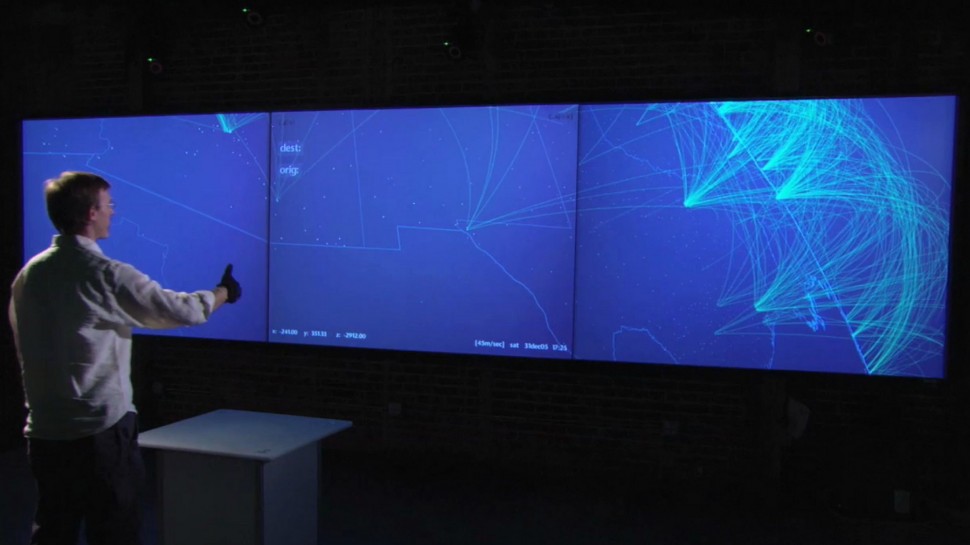
Experiment to the future
Something I’ve really taken for granted coming from film is the power of fictional worlds. Autonomous cars, the hyperloop, mobile phones — filmmakers, concept artists, novelists — they are considering futures not yet possible. The above photo is John Underkoffler from Oblong Industries. John is the mastermind behind the Minority Report gestural user interface. He and his team at Oblong are working on bringing it to life and they already have substantial, impressive technology in place.
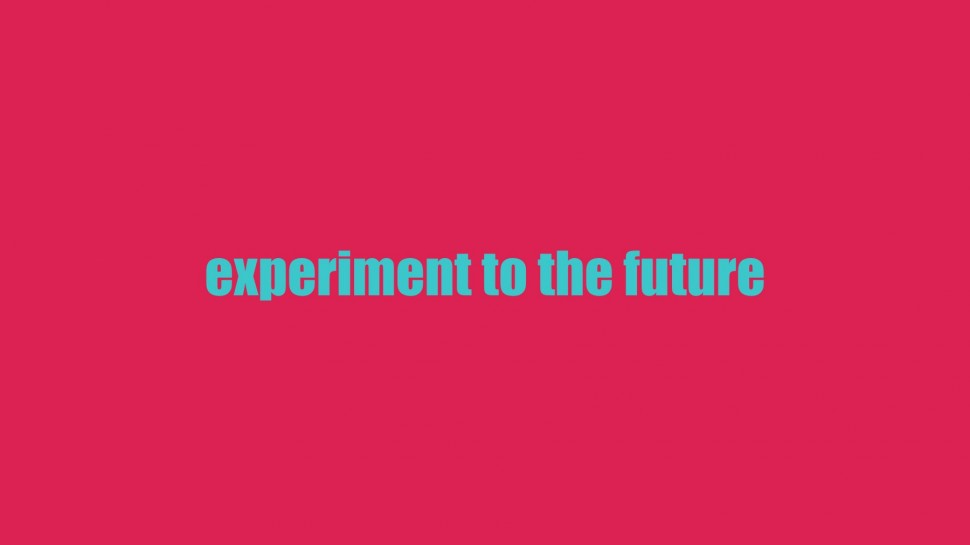
Imagine and reimagine the future and consider futures envisioned by filmmakers, writers and artists. Write hypotheses for these futures. Consider whether you’d actually want the hypothesis to be true. It’s worth putting these ideas out there, it’s worth assessing other people’s visions to think through whether you’d want these futures to come true. Should we take steps to build this? Or is this a cautionary tale that we should avoid?
As Ezio Manzini says in his book Design, When Everybody Designs:
“The whole of society should be seen as a huge laboratory of social experiment, the first thing to do is to foster and orient these experiments at all levels and in all application fields.”
If you agree about this opportunity, if you want to see user experience as a interdisciplinary team, my challenge to you is two-fold…
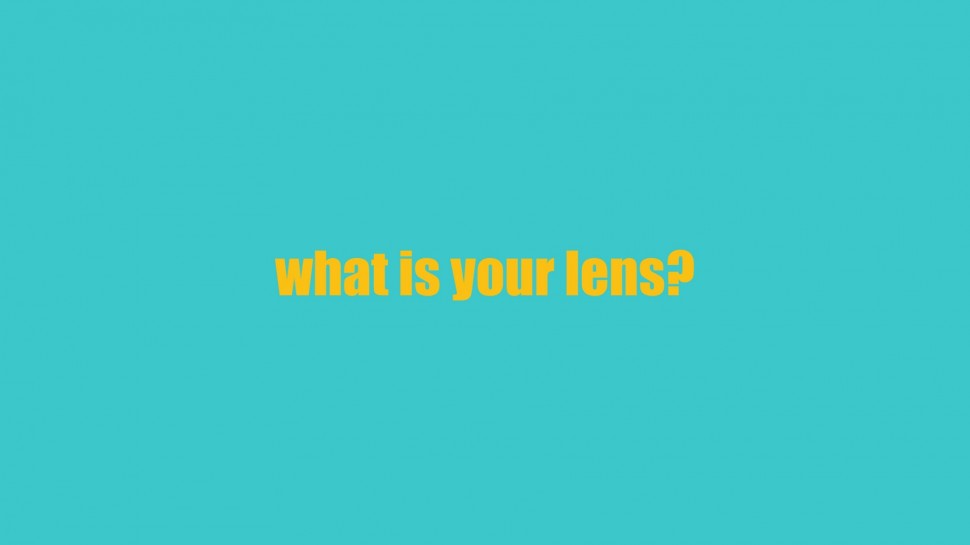
First, what is your lens? What role do you play in the future of form and function, in the future of our world? What value do you bring to a broader cross-functional team?
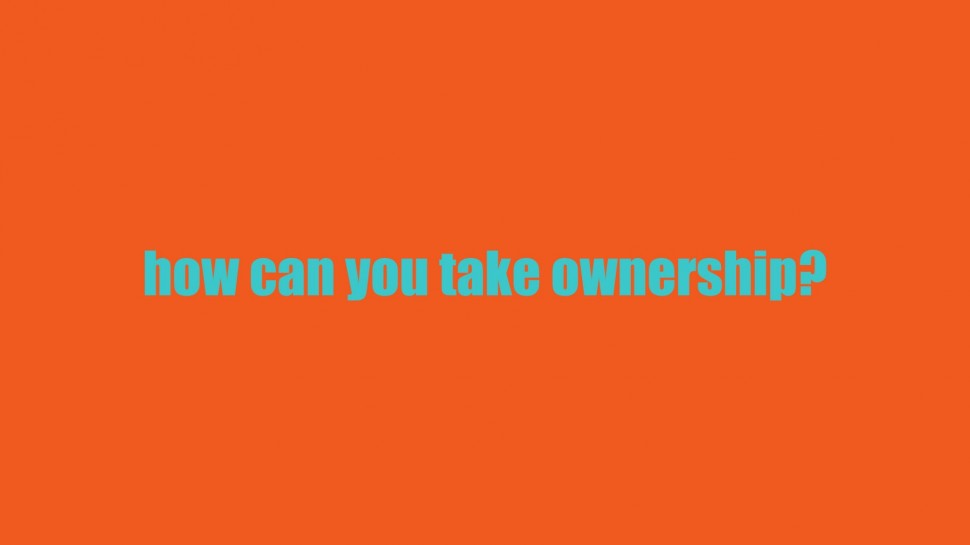
And second — how can you take ownership of our world? How can you step up the responsibility we all have to make this world a better place?
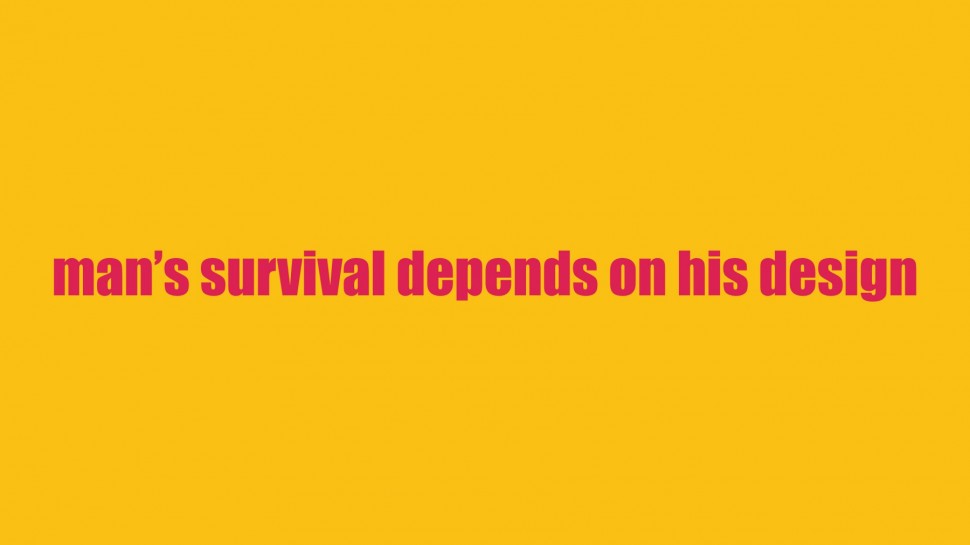
This is the Neutra family motto — engraved in stone at their family home in Silverlake.
“Creators of this place united by the idea that man’s survival depends on his design.”
Without an auteur with a perspective on user experience, our designs are only partially executed. As designers of any stripe, we must not only consider the context for our work, we must design the context.
We have the opportunity to live up to that mission, let’s go forth and design the world.
